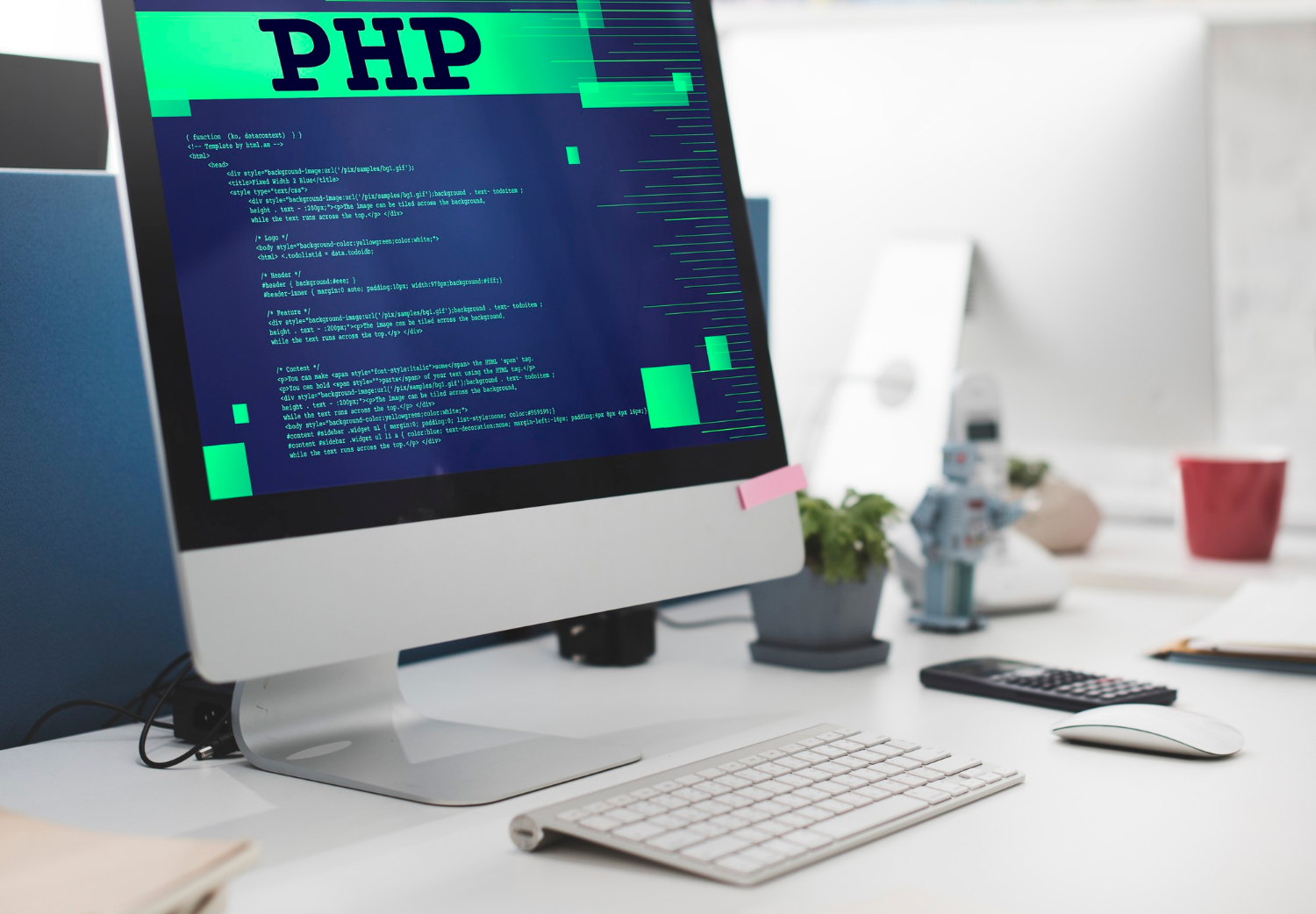
Handling Covid-19 in the workplace. 3 lessons from the forefront
After almost a full year of managing COVID-19, companies like yours have taken a great deal of measures. Exercises you didn't request, and possibly never needed to learn. In any case, significant movements that assist you with ensuring representatives as you return to on location work, at whatever point that might be.
Follow three key examples from organizations dealing with COVID-19 cases in the work environment, from the most ideal approach to oversee contact to the significance of setting up a solitary reaction center point.
1: Why Automated Contact Tracing Falls Short
Contact following alludes to distinguishing individuals who might have been presented to somebody with COVID-19. It is a critical piece of keeping a protected work environment.
"Numerous general wellbeing organizations are tragically ill-equipped to work with contact following," composes Forrester in a new report, Automate Your Return-To-Work Strategy: The Technology You Need. "Bosses should fill this hole by building up projects to distinguish and tell workers who have been in closeness to associates with COVID-19 and test and separate influenced representatives."
Two ways to deal with contact following have arisen to oversee COVID-19 in the work environment. Robotized contact-following devices influence Wi-Fi, GPS, or Bluetooth to follow workers' areas. Then again, manual arrangements support self-revealing from the wiped out representative and their colleagues about any likely openings.
A mechanized methodology might sound engaging. Yet, by and by, closeness based contact following devices have demonstrated untrustworthy. An individual with COVID-19 may come surprisingly close to handfuls or even many individuals throughout a couple of days, however on the off chance that those associations are only a couple minutes or less, on the off chance that they occur outside, or on the other hand if the two players are wearing covers, the dangers of sending the infection are low. Also, nearness based apparatuses don't represent office dividers. This prompts huge measures of pointless information, to bogus positives, and squandered assets. In addition, workers frequently consider these to be as excessively nosy, which ruins selection.
Contact following requires a more complex methodology not simply a ringing alert each time you might have drawing close to the infection. At its center, the demonstration of following infection openings is the case with the executives. It requires making a case, allotting proprietors, posting errands, and dealing with a total cycle. Manual contact following instruments that depend on case the executives have demonstrated to be more precise than closeness devices. They likewise support predictable interest across your labor force.
2: Evolve Legacy Systems to Protect Your Workforce
Bexley Health Neighborhood Care GP Federation (BHNC), a division of the National Health Service (NHS), facilitates care and administrations in South East London across 600 staff, more than 240,000 patients, and various consideration destinations, including three brief locales to help COVID-19 patients.
In the same way as other medical services associations, toward the beginning of the pandemic, BHNC wrestled with a few functional difficulties from its heritage frameworks and paper-based cycles. Wasteful, manual cycles made it hard to defend staff, which thusly affected patient results. Moderate and wrong detailing amplified these issues, adding to slacking reaction times and avoidable assistance blackouts. These issues existed before the COVID-19 emergencies and were just exacerbated by the pandemic, putting pointless strain on the whole association.
BHNC required better insight across the association to assign assets, oversee episodes, and plan limits across offices. With Appian Workforce Safety, they presently make some genuine memories functional dashboard that ensures forefront laborers and gives insight into patient volumes and the situation with basic administrations.
3: A Single Response Hub for Employees and Visitors
Work environments are unpredictable frameworks. On the off chance that you neglect to thoroughly consider each angle forthright, you could wind up cobbling together cycles on the fly or scrambling to stop one certain COVID-19 test from turning into an episode.
One huge insurance agency with more than 15,000 laborers overall found that having one war room and a solitary durable arrangement for everybody is essential to progress. Representatives, merchants, guests, and even representatives who intend to visit different work environments all utilize a similar labor force wellbeing programming.
As indicated by a new report from Deep Analysis: "The organization's single greatest exercise learned was to foster one arrangement for getting back to the work environment and have a solitary place of correspondence to the whole labor force."
A solitary, incorporated reaction center point that can be utilized by everybody including guests, workers for hire, and upkeep staff is pivotal. Any individual who will be nearby ought to approach a similar framework to submit and refresh individual wellbeing and hazard information, so you stay in consistency with neighborhood guidelines and corporate strategies.
How to Protect Your Workforce with Incident Case Management
Try not to let COVID-19 occurrences wreck your work environment. The U.S. Places for Disease Control and Prevention (CDC) prescribes utilizing case the executives to react to COVID-19 in the work environment. Case the board arrangements help organizations handle dynamic, capricious circumstances which makes it an ideal fit for dealing with the pandemic.


